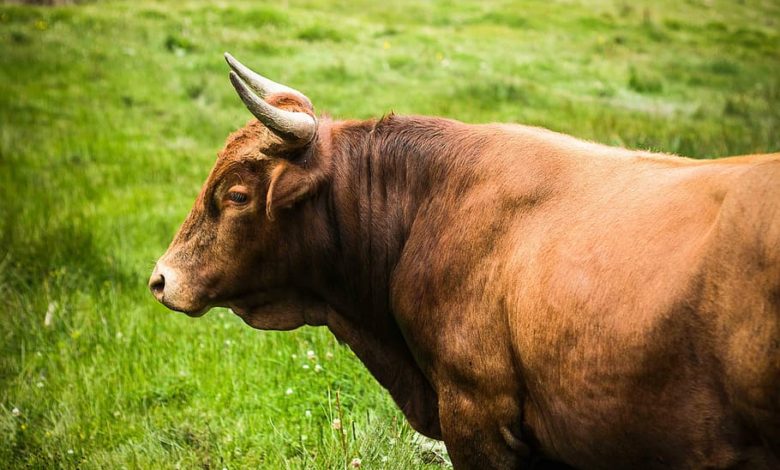
It’s mid-summer, and hot! Our cool-season grasses are doing well at this time, due to the rains that have been coming our way. But what is going to happen when or if we hit a hot and dry period?
In this area of the country, cool-season grasses are relied upon for most pasture management plans regardless of the livestock species. Cool-season grasses do well when the temperature is below 80 degrees Fahrenheit, but when the temperature is above that for an extended period of time, the cool-season grass growth slows down.
Leaves and roots
During the heat of the summer, it is very important not to overgraze cool-season grasses. Overgrazing removes too much of the leaves of the plant, and then when it cools down, there is not enough leaf to capture the sun for regrowth. Therefore, the growth is slower, and it will come back but at a slower pace.
Overgrazing also causes problems with a plant’s root system. Livestock can pluck the whole plant out of the ground.
The structural integrity of the plant can be another issue. The root system has to have green leaves to catch the sun to allow the root system to store energy for the time when the plant may grow slower or be in drought. Healthy root systems need photosynthesis to catch the sun’s energy.
Soil
Overgrazing pastures may cause soil issues, like making it more susceptible to drought conditions, or the opposite, creating rills and gullies, which can lead to soil loss, loss of vegetation and loss of nutrients. Keeping the soil in place helps create healthy organic matter and nitrogen for topsoil.
Overgrazed pastures can cause compaction and lead to damaged root systems and lack of vegetative growth for forages.
Livestock
Livestock population for the amount of pasture available can be another factor in overgrazing. You need to make sure you have enough forage food supply for the livestock population, and, if necessary, supplement with hay or haylage. Keep in mind that this is an added expense to your feed bill, even when you produce your own products.
Using concentrated feeding areas will allow you to feed livestock and let the pasture rest until it is grown to the appropriate height for grazing that area. Regrowth should be around 5 inches or more before livestock go back on that area.
Having multiple areas for livestock to rotate through is a pasture management practice that allows for successful livestock, weed control and regrowth of the forage.
Warm season
If you want to try and mix in some warm-season perennial grasses into your pasture management plan for those times when it’s 90 degrees or hotter, look towards switchgrass or mixes of big bluestem and Indiangrass.
Warm-season grasses are a challenge to establish in our cool season grass environment, but it can be a good mixture in your pasture plan for many years of growth. Some warm-season pasture annuals that might be a benefit to the pasture include sorghum-sudan, sudan grass, pearl millet or Japanese millet.
Warm-season annual grasses can be planted after small grain harvest. They allow for more forage to be grazed. Having a plan, rotational grazing, using feed areas and implementing perennial or annuals into the pasture management plan will allow your farm to be more successful and profitable.







